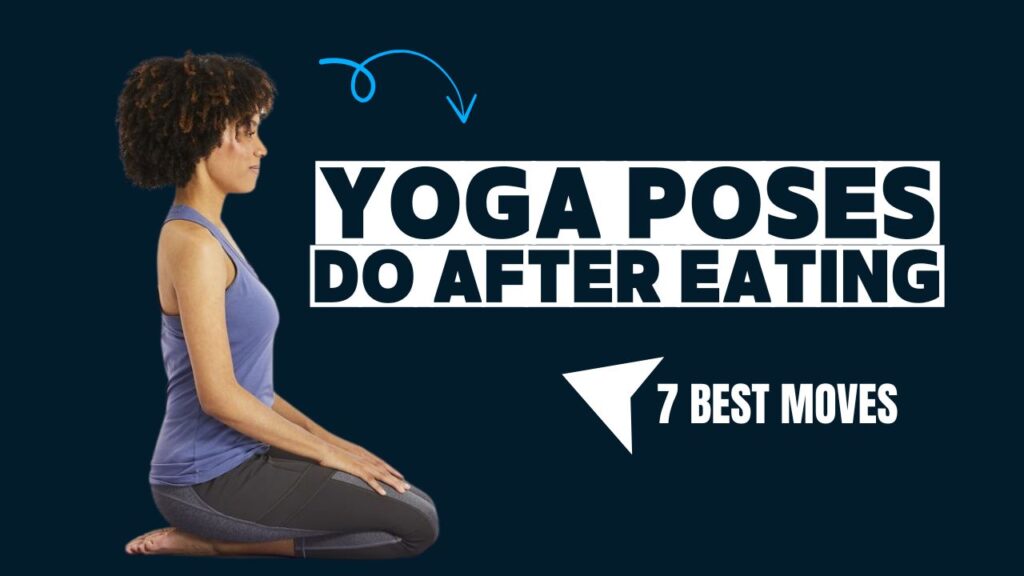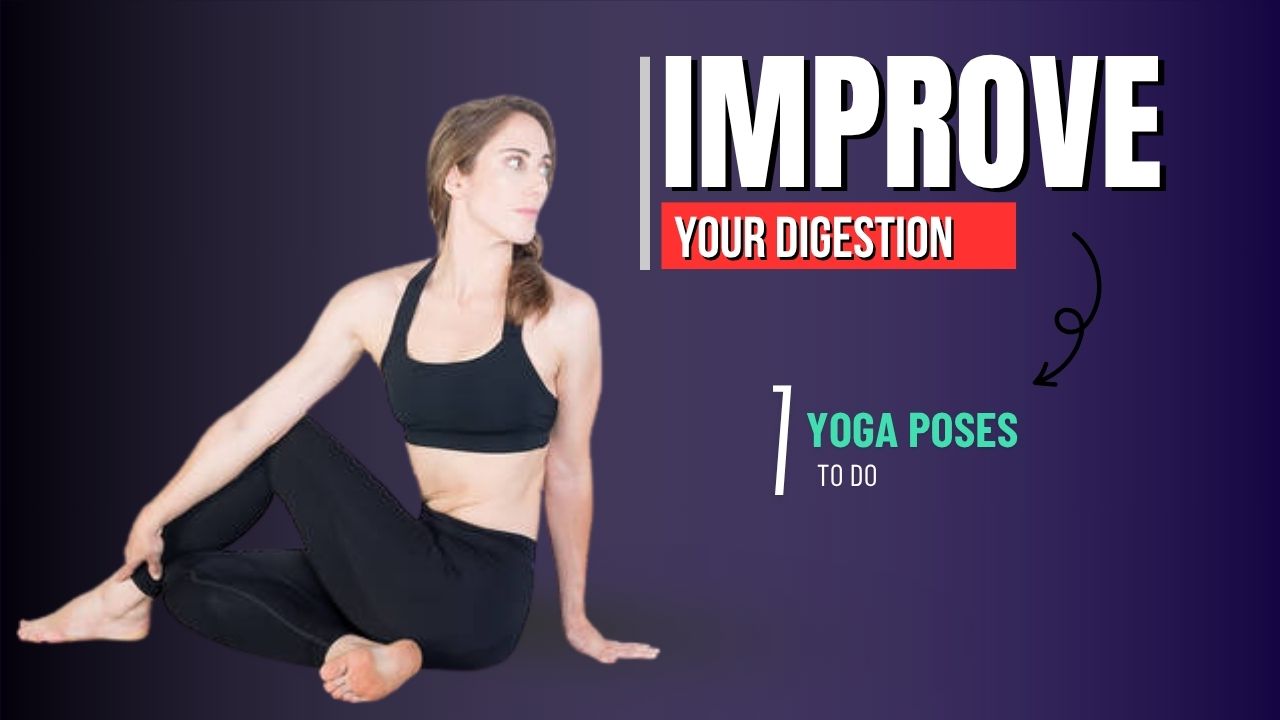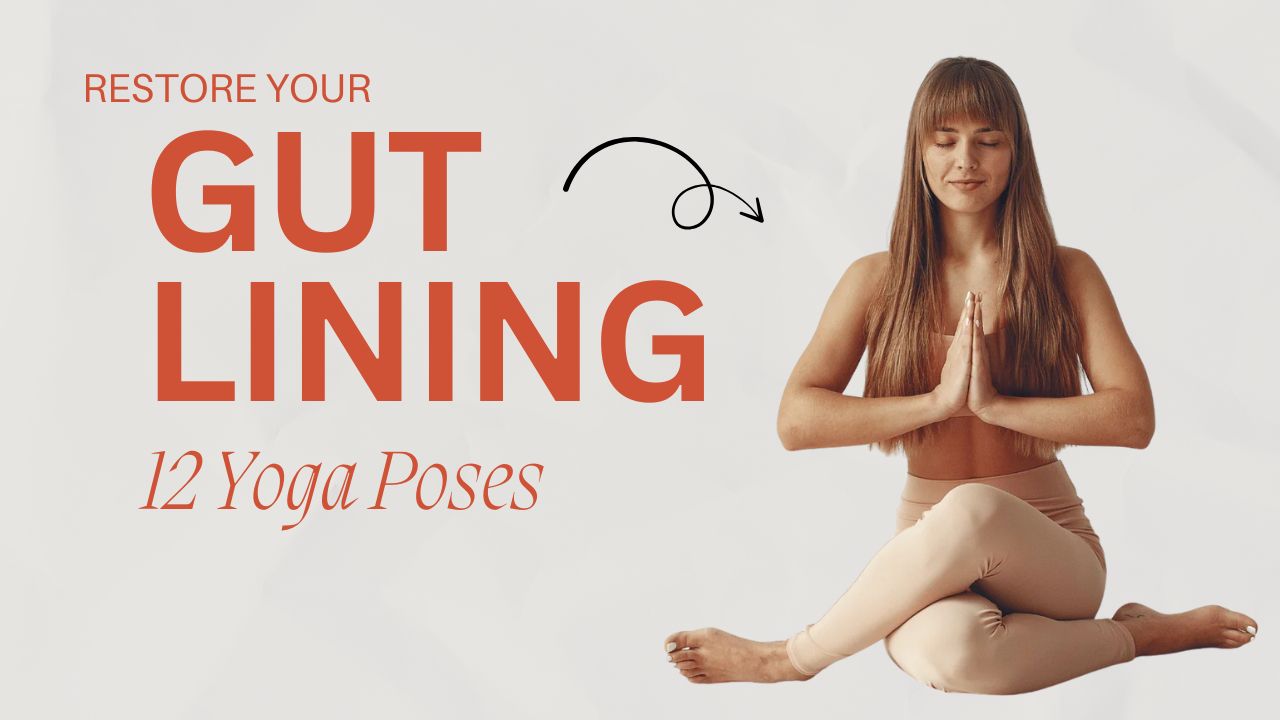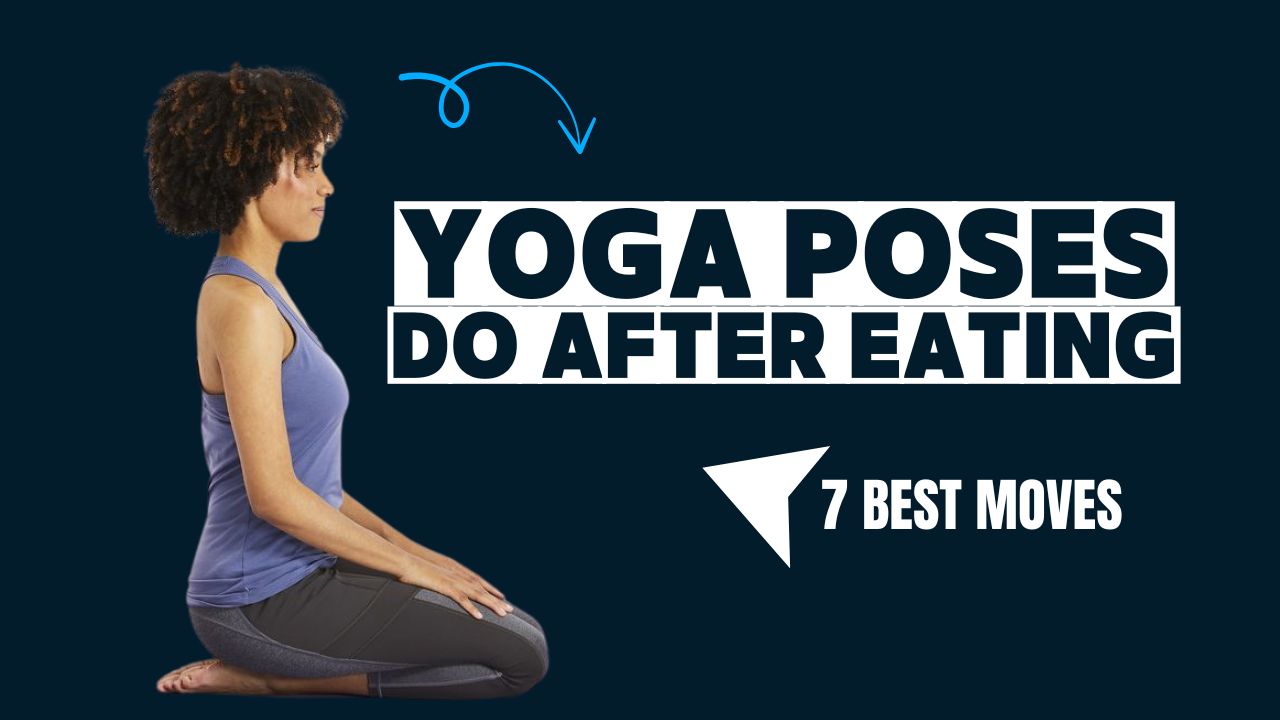Do you ever feel bloated, sluggish, or uneasy after a meal? You’re not alone—and your body may just need a little gentle movement to kickstart the digestive process.
While lying down or popping an antacid might be a common response, there’s a far more natural and effective way to support digestion: yoga.
Yoga has long been known for its holistic benefits, but many don’t realize that certain postures are especially helpful for improving digestion, even shortly after a meal.
When done mindfully, these poses can stimulate the abdominal organs, reduce bloating, enhance metabolism, and ease discomfort.
Let’s explore 7 powerful yoga poses that can be done post-meal to help your body process food more smoothly—and keep you feeling light and energized.

Table of Contents
What Can Happen After 30 Days of These Yoga Poses
| Benefit | Description |
|---|---|
| Improved Digestion | Regular practice stimulates digestive organs, promoting faster and smoother digestion. |
| Reduced Bloating and Gas | Gentle compression and movement help release trapped gas and ease abdominal pressure. |
| Enhanced Gut Motility | Poses like Cat-Cow and Spinal Twists support better intestinal movement. |
| Decreased Post-Meal Discomfort | Less heaviness, cramping, or sluggishness after meals. |
| Better Nutrient Absorption | Consistent digestive flow may enhance nutrient assimilation from food. |
| Increased Mindful Eating Habits | Practicing yoga after meals may improve awareness of food portions and timing. |
| Lower Stress and Cortisol Levels | Gentle yoga helps calm the nervous system, which positively impacts digestion. |
Do & Don’t After Eating Yoga Poses
| Do | Don’t |
|---|---|
| Choose gentle, restorative yoga poses like Vajrasana or Apanasana. | Avoid intense, twisting, or inverted poses like Headstand or Bow Pose. |
| Wait at least 5–10 minutes after eating before starting. | Don’t start immediately with strong movements or vigorous routines. |
| Keep your breath slow and steady during each pose. | Don’t hold your breath or force movements while your stomach is full. |
| Use props like cushions or blocks for extra comfort. | Don’t overstretch or compress your abdomen harshly. |
| Stay in each pose for 30 seconds to 2 minutes based on comfort. | Don’t push past discomfort—especially after a large meal. |
| Practice these poses regularly to improve digestion over time. | Don’t rely on yoga alone if you have ongoing digestive disorders. |
| End your practice with a short rest in a reclined, supported pose. | Don’t lie flat or sleep immediately after your yoga session. |
7 Yoga Poses To Do After Every Meal
1. Sukhasana (Easy Seated Pose with Forward Bend)
Why it helps: This gentle pose calms the nervous system and encourages abdominal compression, which aids digestion without putting strain on a full stomach.
How to do it:
- Sit cross-legged on a yoga mat or cushion.
- Keep your spine straight and shoulders relaxed.
- On an exhale, slowly bend forward, placing your hands on the floor in front of you.
- Rest your forehead on a block or pillow if needed.
- Breathe deeply and stay here for 1–2 minutes.
Myth Buster: Many believe yoga should always be done on an empty stomach. However, gentle post-meal poses like this one are specifically designed to work with a full belly—not against it.
2. Ardha Apanasana (Knees-to-Chest Pose – One Leg)
Why it helps: Known for relieving gas and bloating, this pose massages the intestines and stimulates movement in the lower abdomen.
How to do it:
- Lie flat on your back.
- Bring your right knee toward your chest.
- Interlace your fingers around the shin just below the knee.
- Keep your left leg extended or bent with the foot on the floor.
- Hold for 30–60 seconds, then switch sides.
Interesting Fact: The name Apanasana refers to “apana,” the energy responsible for elimination in yogic tradition. This pose supports that process by enhancing downward energy flow.
3. Supta Matsyendrasana (Supine Spinal Twist)
Why it helps: Twists gently compress the digestive organs, increasing blood flow and helping food move through the intestines.
How to do it:
- Lie on your back and hug your right knee into your chest.
- Cross the right leg over to the left side of your body.
- Extend your right arm to the side and gaze toward it.
- Keep both shoulders grounded and breathe deeply for 1–2 minutes.
- Repeat on the other side.
Did You Know? Twisting poses have been used in Ayurveda for centuries to help expel “ama”—a term for toxins or undigested food residue believed to disrupt balance in the body.
4. Vajrasana (Thunderbolt Pose)
Why it helps: This is one of the few poses recommended immediately after eating. It improves blood circulation to the stomach and supports the digestive fire.
How to do it:
- Kneel down with your buttocks resting on your heels.
- Keep your spine erect, shoulders relaxed.
- Rest your hands on your thighs.
- Close your eyes and breathe gently for 5–10 minutes.
Cultural Insight: In many Asian cultures, people sit in Vajrasana during and after meals—not for tradition alone, but because it’s believed to boost digestion naturally.
5. Marjaryasana-Bitilasana (Cat-Cow Pose)
Why it helps: This dynamic duo improves circulation and stretches the abdominal area, aiding in peristalsis—the muscle movement that pushes food through the digestive tract.
How to do it:
- Come to a tabletop position with wrists under shoulders and knees under hips.
- Inhale and arch your spine (Cow), lifting your head and tailbone.
- Exhale and round your spine (Cat), tucking your chin and pelvis.
- Continue this flow for 8–10 rounds.
Do You Know? Light spinal movements after eating help reduce the chances of acid reflux and improve gut motility—key to avoiding constipation and bloating.
6. Setu Bandhasana (Bridge Pose – Gentle Version)
Why it helps: Elevating the hips helps stimulate digestion, relieve trapped gas, and promote detoxification by engaging the core and lower body.
How to do it:
- Lie on your back with knees bent and feet hip-width apart.
- Press into your feet and lift your hips slowly off the mat.
- Keep your arms relaxed alongside your body or clasp them under your back.
- Hold for 30 seconds to 1 minute, then slowly release.
Caution: Ensure you’re doing a gentle version of the bridge if you’ve eaten a full meal. Avoid lifting too high or holding for too long.
7. Pawanmuktasana (Wind-Relieving Pose)
Why it helps: As the name suggests, this pose is excellent for expelling excess gas and reducing bloating. It’s particularly helpful for those who often feel discomfort after eating.
How to do it:
- Lie on your back and hug both knees into your chest.
- Interlace your fingers over your shins.
- Gently rock side to side to massage your lower back.
- Breathe slowly and hold for 1–2 minutes.
Pro Tip: If you’re short on time, this is one of the most effective poses to do solo. Just a minute or two can provide quick relief.
Final Thoughts
Digestion doesn’t have to be passive. Incorporating these simple, safe yoga poses after meals can be a game-changer for your gut health. Instead of fighting post-meal fatigue or discomfort, you can work with your body to enhance digestion naturally and holistically.
As always, listen to your body. If something feels too intense or uncomfortable, adjust or skip the pose. These movements are meant to nourish—not strain—your system.
So the next time you finish eating, resist the urge to lie down or scroll your phone. Try these yoga poses instead—and let your body thank you for it.
Frequently Asked Questions (FAQs)
Can I really do yoga right after eating?
Yes, but only gentle, digestion-specific poses like the ones listed in this post. Avoid intense or inverted poses after meals. Stick to calming, seated, or reclining postures that support the abdominal region without compressing it.
How soon after eating can I do these yoga poses?
You can begin 5 to 15 minutes after eating. Poses like Vajrasana are traditionally done immediately after meals to support digestion.
Will these yoga poses help with bloating and gas?
Absolutely. Poses like Pawanmuktasana and Ardha Apanasana are especially effective in relieving gas and reducing bloating by massaging and stimulating the digestive organs.
How long should I hold each pose?
Hold each pose for 30 seconds to 2 minutes, depending on your comfort level. Gentle breathing and relaxed movements are key. Overstretching or forceful holds can interfere with digestion.
Can I do these poses daily after meals?
Yes. Practicing these poses consistently after lunch or dinner can improve digestion over time and reduce discomfort like indigestion, heaviness, or bloating.
Are these poses safe during pregnancy?
Some poses like Vajrasana and Cat-Cow are generally safe during pregnancy, but others involving twisting or abdominal compression should be avoided. Always consult your healthcare provider before starting any post-meal yoga routine during pregnancy.
What should I avoid doing after eating besides heavy yoga?
Avoid lying flat on your back, intense workouts, deep forward bends, and sleeping immediately after eating. These can slow digestion or cause issues like acid reflux.
Will these yoga poses help with chronic digestive issues like IBS or constipation?
While yoga is not a cure, these poses can support better digestion, ease constipation, and improve gut motility over time. They are best used as part of a broader approach including diet, hydration, and stress management.










